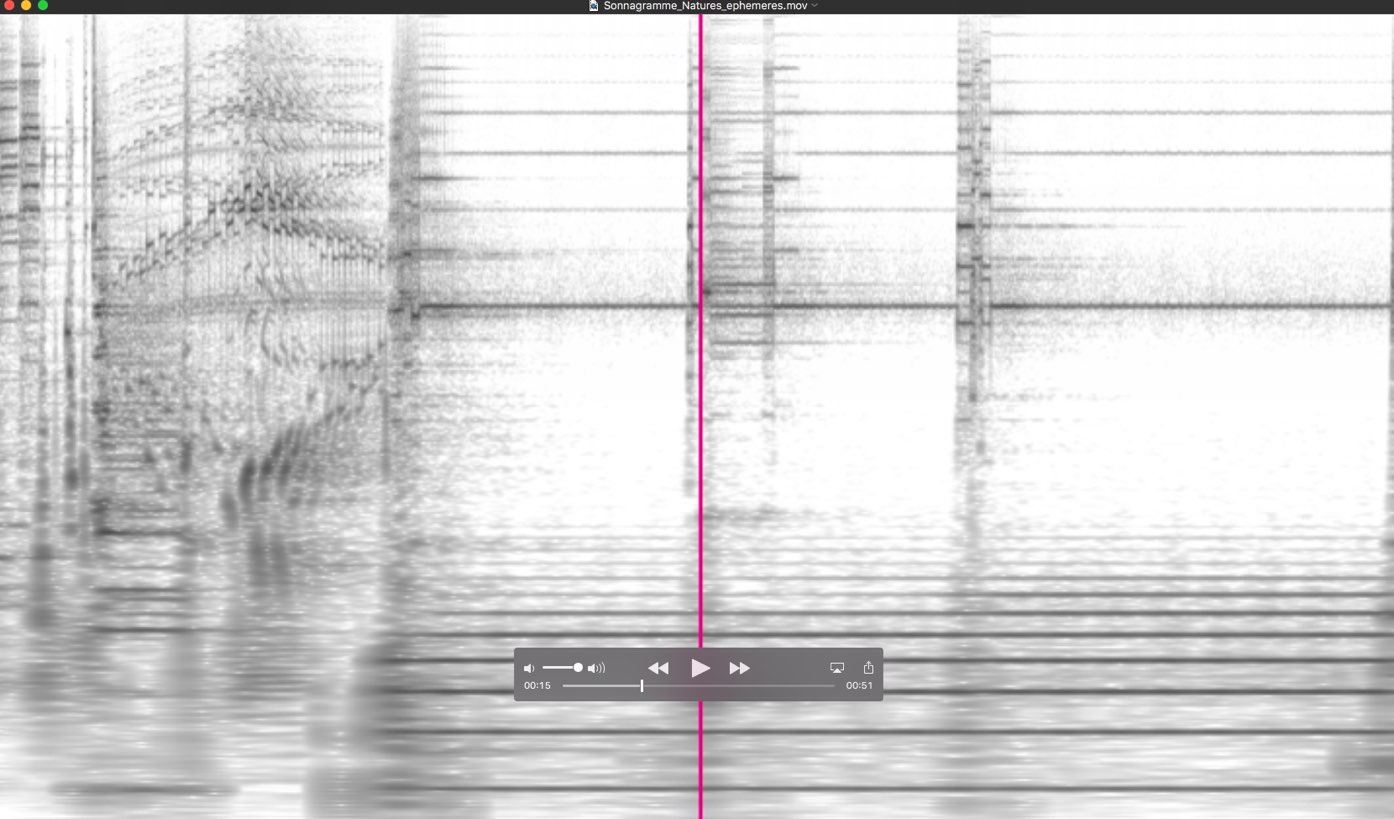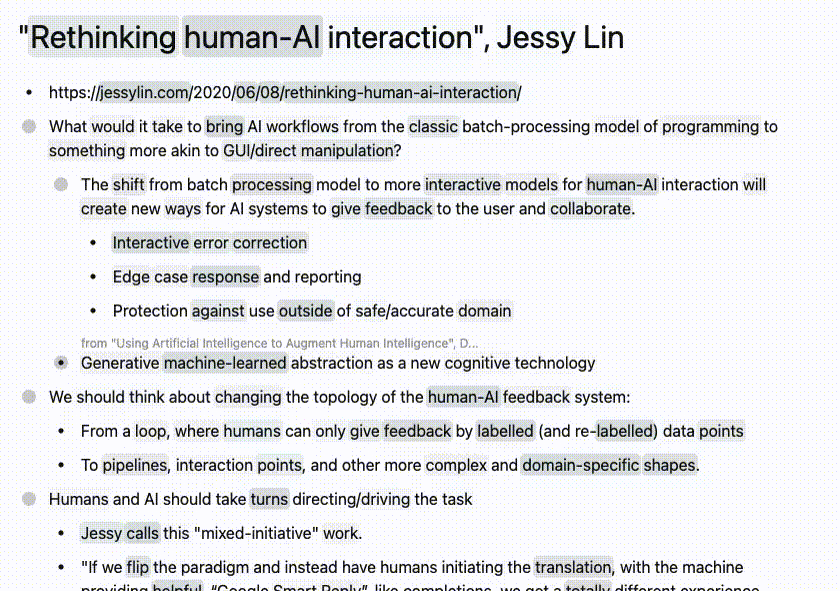Pathos can best be described as the use of emotional appeal to sway another's opinion in a rhetorical argument. Emotion itself should require no definition, but it should be noted that effective 'pathetic' appeal (the use of pathos) is often used in ways that can cause anger or sorrow in the minds and hearts of the audience. Pathos is often the rhetorical vehicle of public service announcements. A number of anti-smoking and passive smoking related commercials use pathos heavily. One of the more memorable videos shows an elderly man rising from the couch to meet his young grandson who, followed by his mother, is taking his first steps toward the grandfather. As the old man coaxes the young child forward, the grandfather begins to disappear. As the child walks through him the mother says "I wish your grandpa could see you now." The audience is left to assume that the grandfather has died, as the voice-over informs us that cigarette smoke kills so many people a year, with a closing statement, "be there for the ones you love." This commercial uses powerful words (like "love") and images to get at the emotions of the viewer, encouraging them to quit smoking. The goal is for the audience to become so "enlightened" and emotionally moved that the smoking viewers will never touch another cigarette.
Pathos appeals to emotions such as sadness, fear, or happiness. Writers use pathos to help the audience emotionally connect to the message and feel motivated to respond.






